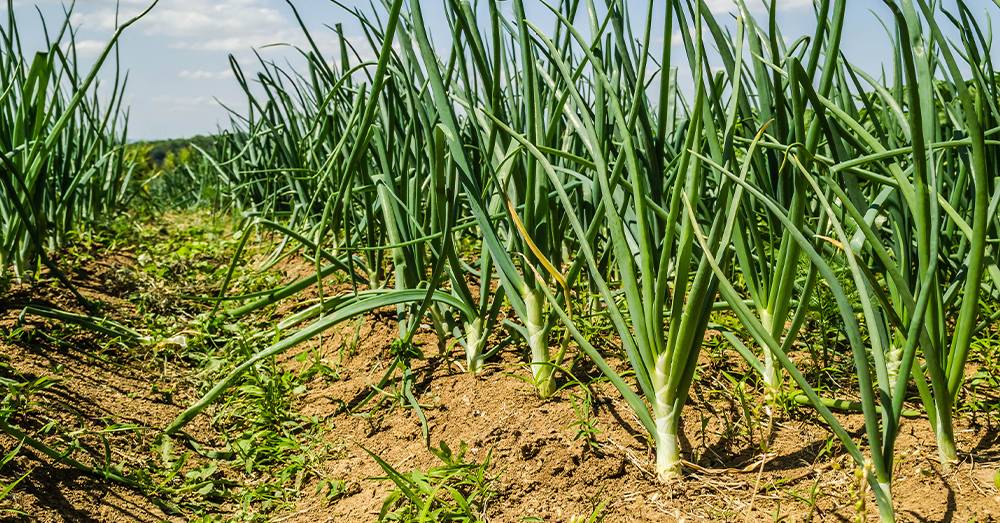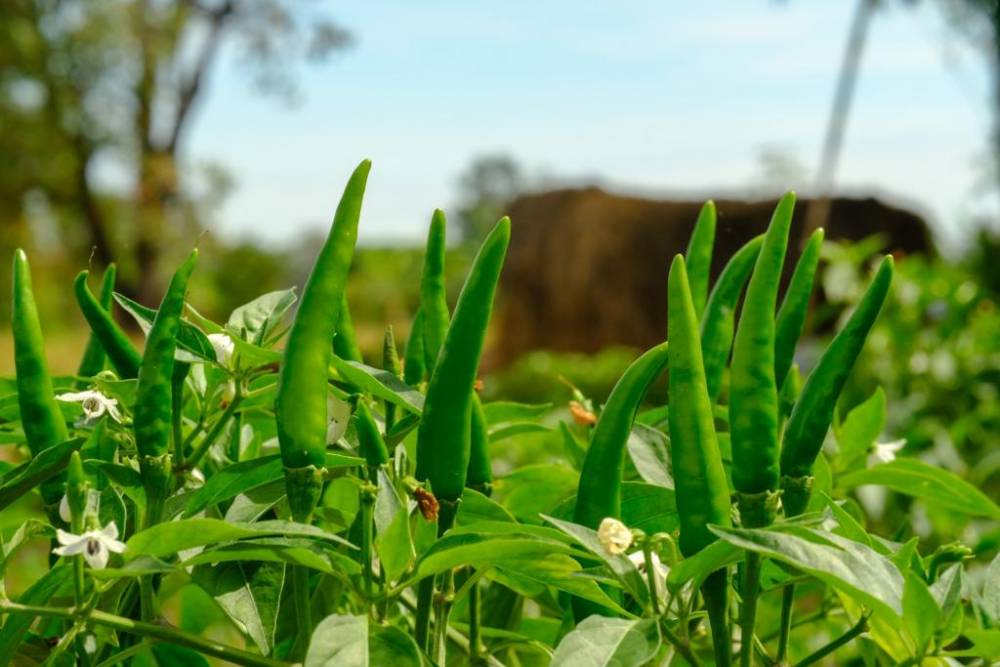Onion is one of the popular vegetables all-round the globe, and is widely grown in varied parts of the world. The botanical name of onion is Allium cepa and is a member of the Amaryllidaceae family. The annual world production of onion is more than 93 million tons with China as the leading producer of the crop at close to 24 million tons. India placed at no. 2 in terms of production with around 20 million tons and these numbers are still growing positively. People have been growing onion crop for the last 5000 years in India, it is chiefly grown under tropical conditions. Due to its substantial commercial value, onion has recently gained the status of a cash crop. Onion is universally used as an essential ingredient in many cuisines across the globe but its benefits are not only limited as a vegetable in cooking, this crop comprises certain health benefits as well. Some of them are improving bone density, lowering cholesterol, managing diabetes, relieving stress, etc. Onion is grown in a temperate climate but a variety of climatic conditions that include tropical, subtropical support the crop. The major Indian onion-producing states are Maharashtra, Madhya Pradesh, Karnataka, Gujarat, Rajasthan, Bihar, Andhra Pradesh, Haryana, West Bengal, Uttar Pradesh.
On the other hand, the lifespan of perennial weeds is more than 2 years, they are hard to eliminate as they multiply rapidly and develop certain resistance against various solutions. Some of the examples of broad leaf weeds are Trianthema sp., Amaranthus sp., Chenopodium album, etc. Narrow leaf weeds consist of long, narrow leaves with parallel veins and they have a fibrous root system as well. They often resemble the crop and that makes them hard to identify, due to which it becomes difficult for farmers to treat them. These weeds also have the same purpose of taking desired plant nutrients, and eventually suppressing onion plant growth. Echinochloa sp., Eleusine indica, Digitaria sp. are some of the narrow leaf weeds. Onion crops are susceptible to weed competition due to their planting densities and this poses unique challenges to their production. Since onion crops are shallow-rooted and also grow at a slow pace, they have a high probability of losing nutrients to weeds, consequently resulting in high yield loss. Moreover, their upright cylindrical leaves do not cover the soil to hinder weed growth. Poor weed management causes an estimated 40-80% of crop loss depending upon the duration and intensity of weeds. In addition, the remaining crop only produces unhealthy onion bulbs and seedlings. Hand weeding is one of the most employed traditional methods to control weeds in India, however, non-availability of labor and high costing only increase farmers’ problems. Alternatively, if proper crop management can be done with suitable use of herbicides, then one can suppress the growth of undesirable plants. Furthermore, during the early stages – spraying of pre-emergence herbicides can help keep the crop weed-free. But after the formation of onion bulb the combination of hand weeding and pre-emergence herbicides can become costly. At this stage, post-emergence herbicides method supports in mitigating the weed damage, cost of labor and weed competition.







